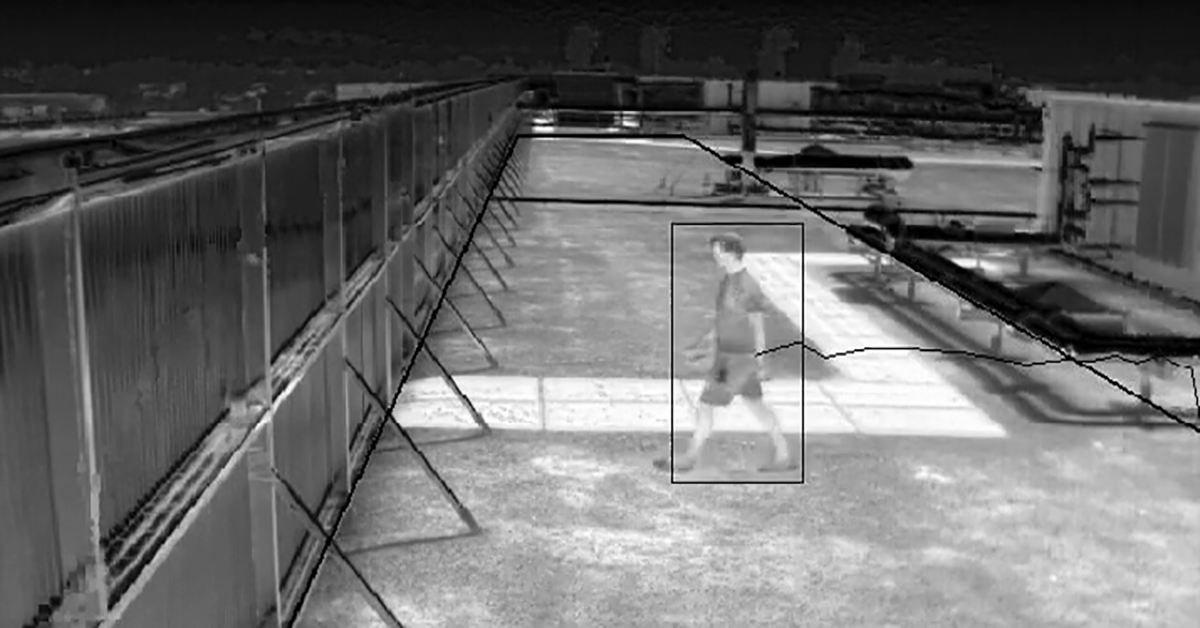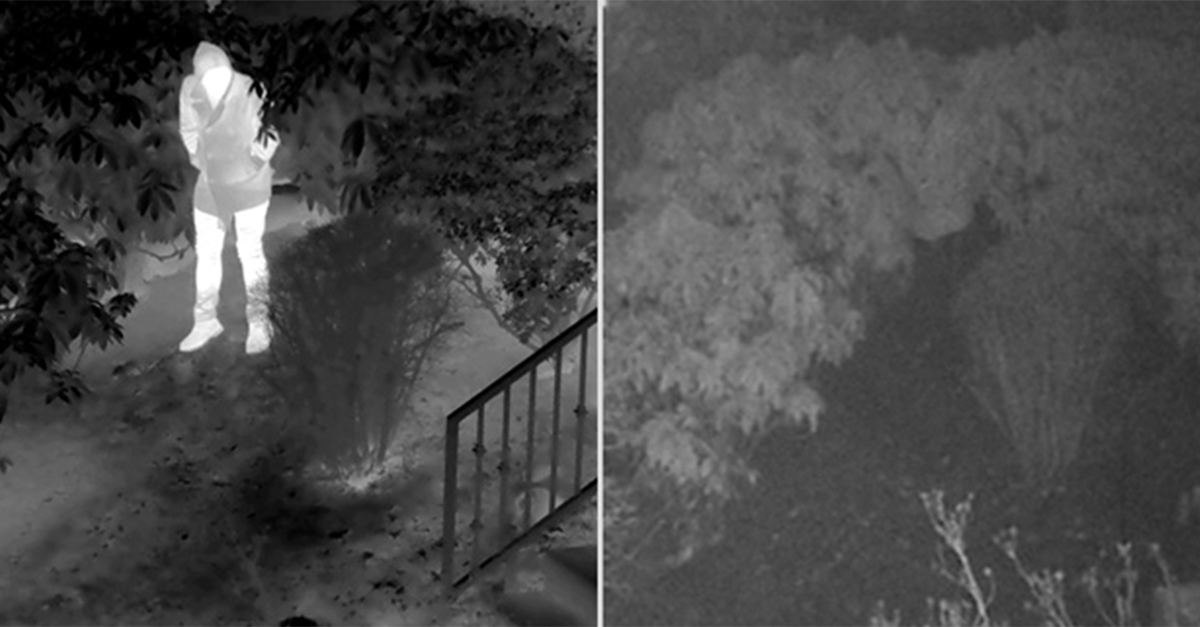Introducing the "Insights from the Field" Series

The new FLIR series, Insights from the Field, will tackle key challenges facing critical infrastructure
The nation’s critical infrastructure sector is comprised of assets, systems, and networks considered “so vital to the United States that their incapacitation or destruction would have a debilitating effect,” according to the U.S. Department of Homeland Security. Examples of these assets include commercial and government facilities, critical manufacturing, data centers, transportation, energy, and food and agriculture sectors. Each of these industries house and maintain resources vital to the operation of civilization. Needless to say, the task of protecting them is indispensable.
Hardening physical security efforts for these entities is the obvious first step in preventing perimeter breaches. However, a comprehensive critical infrastructure protection system must also address workforce safety, building diagnostics, and equipment monitoring, as failure can lead to costly shutdowns.
THERMAL IMAGING, A CRITICAL TOOL FOR CRITICAL INFRASTRUCTURE
Thermal imaging cameras are changing the way security, facility, and EHS directors implement protective and predictive maintenance measures. FLIR thermal cameras see far along fence lines by detecting the heat of intruders at great distances. On-board analytics and PTZ tracking capabilities offer even greater accuracy and identification. They are also growing in popularity by the year. The thermal uncooled camera market is predicted to approach $6.7 billion by 2024, according to a report by Yole, a significant leap from $4.9 billion in 2020.Thermal technology is quickly becoming an effective alternative to conventional solutions, because of its ability to address a variety of needs as well as its decades of field-proven performance in the defense sector.
THE DIVERSE APPLICATIONS FOR THERMAL CAMERAS
While traditional fiber optic cable sensors deployed along the fence line alert security personnel once someone crosses the perimeter, thermal cameras provide early warnings of approaching intruders. With longer detection ranges than standard surveillance cameras, thermal security cameras are designed to detect external threats before they reach the perimeter of a mission-critical site. Thermal cameras measure the heat signatures emitted by objects and people. Because they rely on heat, instead of light, thermal cameras are able to detect suspects 24-hours a day––even in adverse conditions such as in total darkness, rain, and smoke. Thermal cameras provide high-contrast images that when coupled with video analytics, improve intrusion detection and video verification.
At critical infrastructure sites with million-dollar assets, such as power plants and substations, facility operators continue to evaluate technologies to safeguard their buildings and equipment from failure. Predictive maintenance and condition monitoring through radiometric thermal imaging cameras can help asset maintenance teams catch and address a potential problem, such as overheating, before it becomes catastrophic where an asset could burn out or start a fire. These radiometric devices establish a safer work environment, increase production efficiency, and keep critical facilities up and running.
EXPLORE THE SERIES
To better understand the unique value thermal imaging technology offers the critical infrastructure sector, we invite you to check out our new Insights from the Field content series, which features insights from FLIR technology experts who recommend, deploy, and use these devices every day. This series will discuss the diverse applications of thermal technology across security, safety and equipment protection needs, from the perimeter to entry areas to inside mission-critical facilities.


